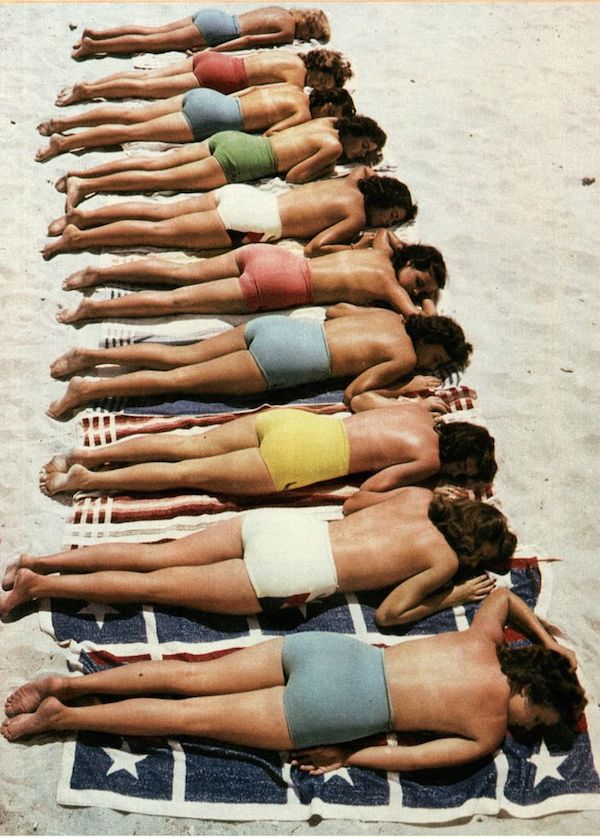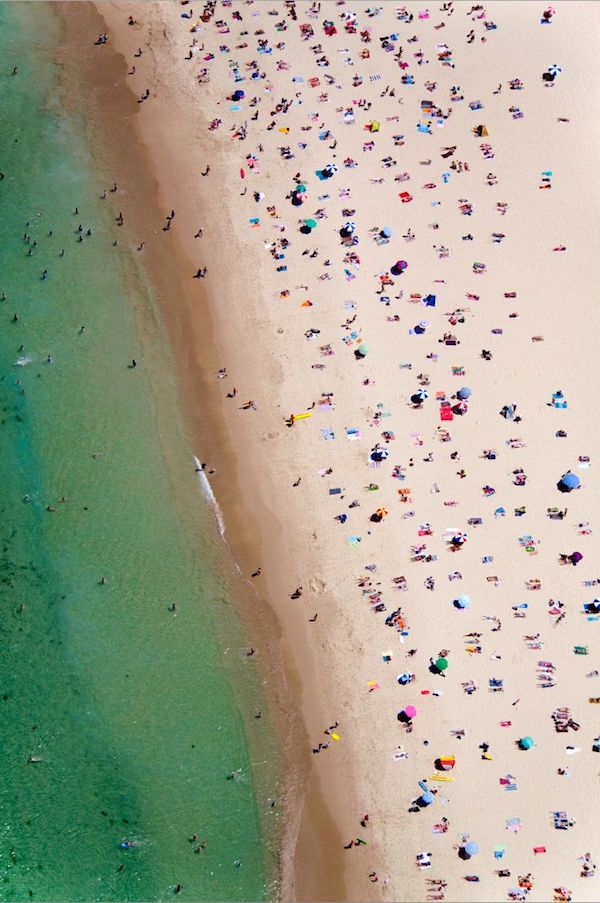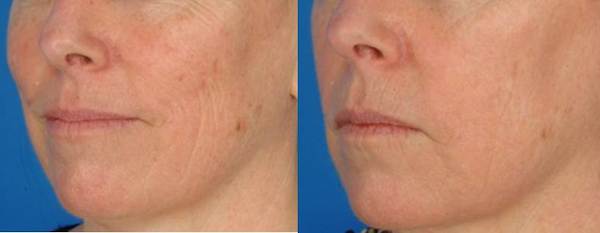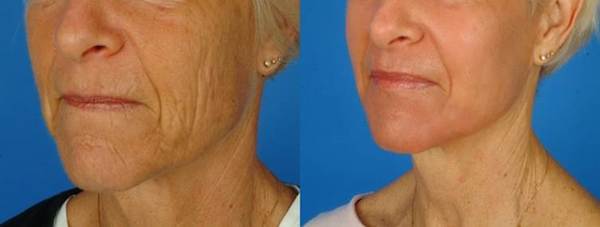Dr. Angela is back and today in her last summer post she’s talking to us about what to do once you’ve been in the sun all season long and now want to get your skin back to normal.

Summer is the time for travel, the beach, spending time playing with the kids and outside sports, but the sun can wreak havoc on our skin. Even if you wear sunscreen regularly, the sun seems to sneak in as it wears off, sweats off or spots are missed, particularly in Houston. As a result we notice the brown spots, fine lines and laxity associated with sun damage. As the summer wraps up, it is the perfect time to think about freshening up your skin for the busy holiday season.

Skin resurfacing
Sun damage is often best addressed with resurfacing. What that means is removing the damaged skin and allowing new skin to take its place. This can be done with peels, light treatments or lasers. As a rule, the more intense the treatment is, the more recovery time is needed and the more dramatic results you can have. The intensity of the treatment is determined by the depth of skin that is affected and surface area that is covered.

What options do I have?
Light treatments include IPL (intense pulsed light) or “lunchtime lasers”. These use a broad spectrum of light to improve skin texture, brown spots and red discoloration. Most people can apply makeup and return to regular activities that day. However, multiple (7-10) treatments are needed and the results can be subtle.
With a peel, a chemical reaction is used to remove the damaged skin. The type of peel, length of time that it is applied and number of passes or applications determines the depth of the peel. The recovery after a peel can vary from slight redness to skin peeling similar to sunburn.
Lasers offer a very precise way to achieve resurfacing. By being able to choose a specific energy (that determines depth) and density (surface area coverage), the treatments can be more consistent and predictable. Although issues like streaking and variation in the peel depth are rare with physicians and aestheticians who routinely use these, the uniform application by a laser virtually eliminates these concerns.
With nonablative lasers, like the Fraxel Dual, the recovery varies from 3-7 days and can be used on all skin types. These treatments are meant to be a series of 3-6 approximately one month apart. A more dramatic improvement can be seen with a more intense laser, like a CO2 or YAG. These allow the top layer of skin to be replaced with brand new skin. Only one treatment is needed and the results are quite impressive, but about 2 weeks of downtime is needed. Although a CO2/YAG laser treatment will deliver the most “bang for the buck (and recovery time)” there are other options if these don’t fit into your busy schedule.

